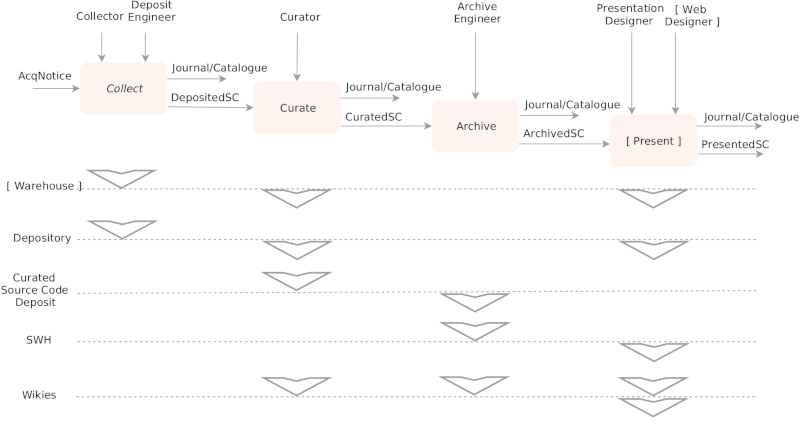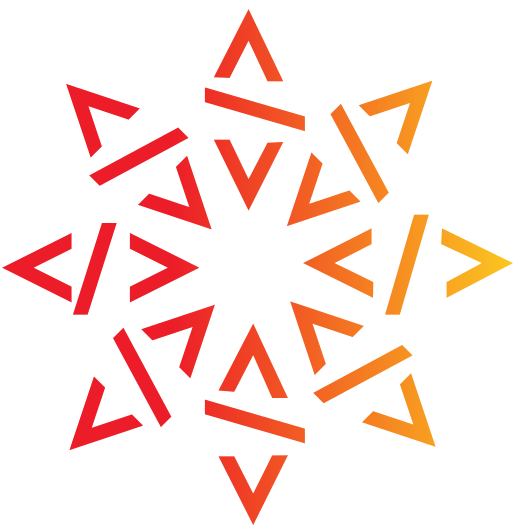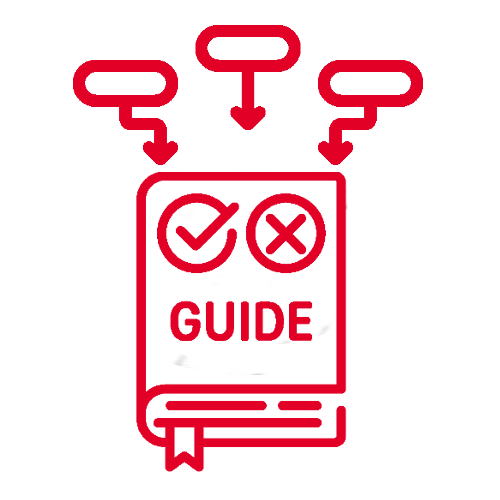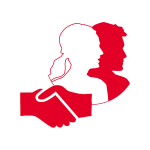An important mission
“[We call to] support efforts to gather and preserve the artifacts and narratives of the history of computing, while the earlier creators are still alive”
“Software is a form of literature, written by humans to be read by humans as well as machines.”
— Len Shustek, Computer History Museum
“The chief goal of my work as educator and author is to help people learn how to write beautiful programs.”
— Donald Ervin Knuth
“Programs are written for people to read, and only accessorily for machines to execute”
— Harold Abelson
The Software Heritage Acquisition Process (SWHAP)
Guiding you along the journey

Recovering and curating landmark legacy source code requires significant human intervention, like in the seminal works on the history of Unix or the source code of the Apollo Guidance Computer. There are challenges like the various physical media where code is stored, handling multiple copies and versions, gathering insights from living authors, and sifting through ancillary materials like documentation, articles, and emails.
The Software Heritage Acquisition Process (SWHAP) has been developed in collaboration with the University of Pisa, to guide you through all the steps needed to successfully curate the legacy source code you care about, and to archive it in Software Heritage.
Time is critical, and a vast amount of invaluable source code awaits collection, curation, and archiving. You can contribute to this vital mission: use the SWHAP process and begin your preservation effort today.
Get the Guide
Download the latest Software Heritage Acquisition Process guidelines here.
Contribute to the Guide
Distributed under a CC-BY 4.0 license, the guide’s source code is openly available, and contributions for its enhancement are encouraged.
Join the community
Join our mailing list to share information with other rescue and curation teams.



